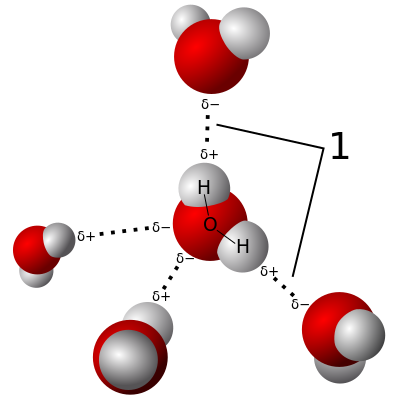Saffron Crocus sativus, a King of spices, used for centuries
in culinary dishes, also noted for it's medicinal properties.
found in the stigmas growing within the flowering head.
The colour dye from Saffron, was commonly used for dyeing
cloth, you can see from the next image, the intense
colour from the stigmas..........
The image to the left represents 0.4g, price wise it works out to about £1 British pound per 0.1g !!!!. Making Saffron the most expensive spice, per gram.
Note; price based on supermarket prices.
Note; price based on supermarket prices.
Some of the oldest records of Saffron's use, date back
over 4,000 years. One record notes, that 50,000 years
ago Saffron pigment was discovered in depictions of prehistoric places, in Northwest Iran.
Closer to home (UK), Saffron Walden in Essex, was a big producer of Saffron, in the sixteenth century.
But things come and go, Saffron is no longer grown on a large scale, in Saffron Walden.
But fear not, in Caergwrle in Wales. a Saffron grower is having great success, in cultivating Saffron Crocus sativus, see the link; http://www.britishsaffron.co.uk
Saffron used in Art may have limitations
Here's why; if you buy any
Here's why; if you buy any
reputable Saffron, look at the use label. It nearly always states" keep
out of direct Sunlight" or "keep in an airtight container", both drawing the conclusion, to the fact that Saffron, starts to degrade in Oxygen, so
any dye or colour derived from the Saffron, will over time change.
Colorists or pigment makers, refer to this as permanence, so it might
be a good idea not to use Saffron as a dye or pigment.
medicinal properties of Saffron are well known
today research indicates
today research indicates
Saffron may provide anti cancer properties, it's also an antioxidant.
Yet other research has evidence of protection against eye problems, macular degeneration for one, in fact it even reversed to a degree, eye disease in test patients with established eye conditions. Follow this link; http://www.news-medical.net/news/2009/05/17/Saffron-could-stopping-blindness-and-cure-eye-disease.aspx
How easy is it to grow saffron?.
I do plan on growing my own, but there are a few things that make it more successful, the soil needs to be a neutral pH 7 and the soil needs to be very well draining, the corms need to be planted 6" deep, deeper than other varieties of crocus, and last of all they must be planted in a full Sun position. For every corm you plant, you get ten corms after four years, is that not a great return!.
Something different to view; http://amethystlandphoto.blogspot.co.uk/2013/12/geminids-and-light-pollution.html
UPDATE; 27/10/2014 I grew my first crop of Saffron this Year, they flowered in fits and starts
but produced what will be a flower from every bulb, next two Years
should double the population of planted bulbs, my brother photographed the harvest;
he used a background of Autumn Blueberry leaves, to make a great photo set.
See more of John's work and images here; http://www.amethystlandphoto.com/
I do plan on growing my own, but there are a few things that make it more successful, the soil needs to be a neutral pH 7 and the soil needs to be very well draining, the corms need to be planted 6" deep, deeper than other varieties of crocus, and last of all they must be planted in a full Sun position. For every corm you plant, you get ten corms after four years, is that not a great return!.
Something different to view; http://amethystlandphoto.blogspot.co.uk/2013/12/geminids-and-light-pollution.html
UPDATE; 27/10/2014 I grew my first crop of Saffron this Year, they flowered in fits and starts
but produced what will be a flower from every bulb, next two Years
should double the population of planted bulbs, my brother photographed the harvest;
he used a background of Autumn Blueberry leaves, to make a great photo set.
 | ||||
| © John R Arrowsuch |
----------------------------------------------------------------------




















